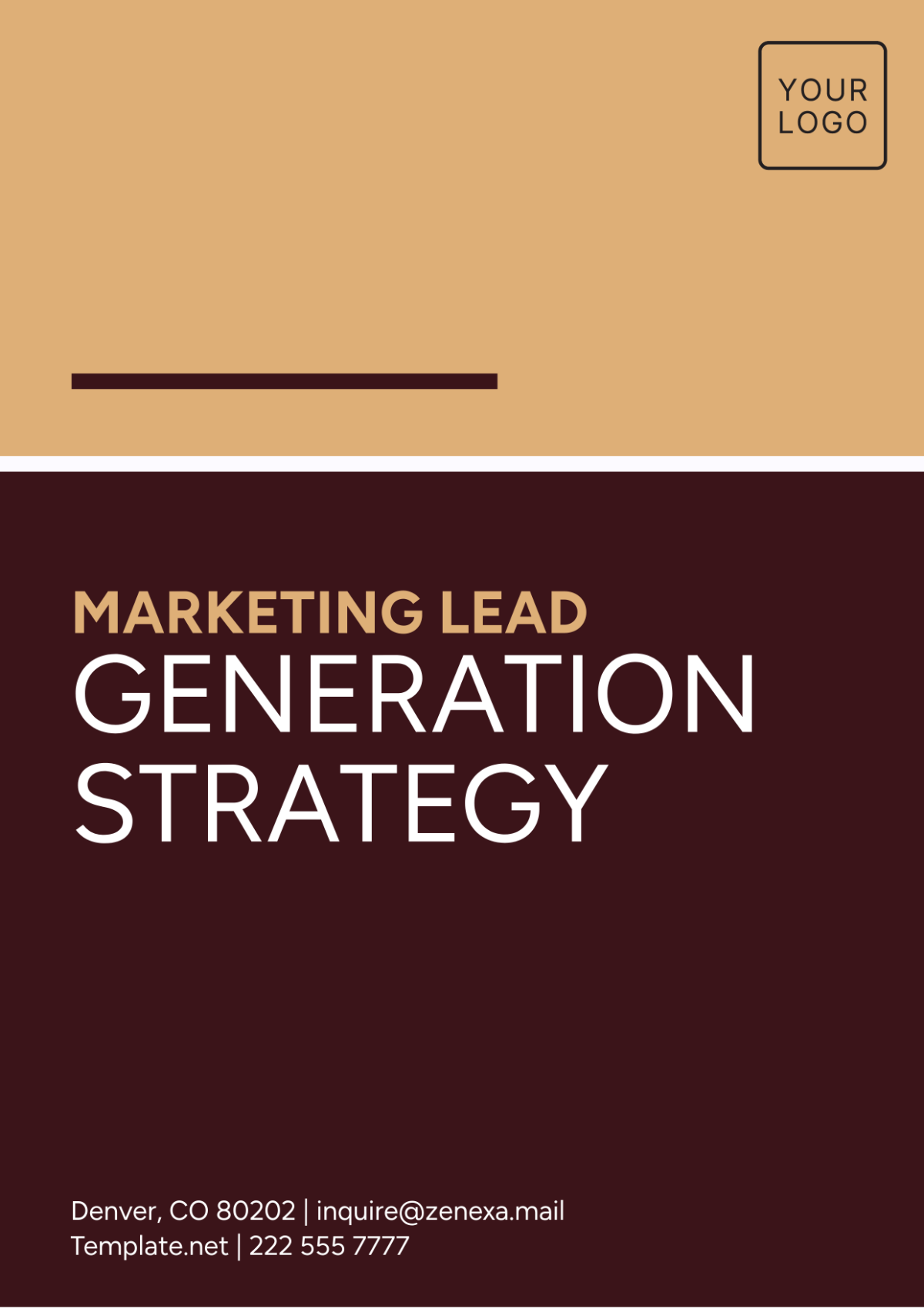Digital Marketing A/B Testing
I. Introduction
The A/B test conducted by [Your Company Name] compared two social media campaigns across Facebook (Campaign A) and Instagram (Campaign B). The objective was to determine which platform and content type—image-based ads or video-based ads—delivered better engagement, conversion rates, and overall ROI. This section presents the results of the test and offers key insights to guide future campaigns.
Objective of the A/B Test
The A/B test was designed with the goal of evaluating which platform—Facebook or Instagram—generated better results for [Your Company Name]'s campaign efforts. Specifically, the test aimed to:
Identify the platform with higher engagement (likes, comments, shares).
Evaluate the click-through rates (CTR) to the website from each platform.
Measure the conversion rates to determine which platform brought in more leads.
Assess the cost-effectiveness of each campaign in terms of return on investment (ROI). By analyzing these factors, [Your Company Name] can prioritize future investments in the platform that yields the highest returns for its clients and maximize overall campaign performance.
II. Campaign Details
The campaigns were differentiated by content type and platform, with [Campaign A] featuring image-based ads on Facebook, and [Campaign B] featuring video-based ads on Instagram. Both campaigns were launched over a period of two weeks with an identical budget allocation.
Metric | Campaign A | Campaign B |
|---|---|---|
Engagement Rate | 6.5% | 9.3% |
Click-Through Rate | 3.2% | 4.7% |
Conversion Rate | 1.8% | 2.4% |
Cost Per Click | $1.20 | $0.95 |
Return on Investment | 20% | 35% |
III. Content Personalization
Content personalization involves tailoring advertisements, messages, and visuals to align with the interests, behaviors, and demographics of potential customers. This section will discuss how [Your Company Name] can leverage personalized content in its social media campaigns to drive better results.
A. A/B Test Focus
An additional A/B test will be conducted to assess the impact of personalized versus non-personalized content. One campaign will utilize generalized messaging, while the other will feature ads tailored to specific audience segments based on previous interactions, preferences, or behaviors.
B. Expected Results
It is anticipated that personalized content will result in higher engagement and conversion rates due to its relevance to the target audience. This A/B test will help [Your Company Name] identify the most effective methods for personalizing content and applying those insights to future campaigns.
IV. Audience Segmentation
Audience segmentation involves dividing the broader target audience into specific groups based on criteria such as age, gender, interests, and behavior. Segmenting the audience allows [Your Company Name] to create more focused and impactful campaigns. This section will examine how audience segmentation can optimize A/B testing results and improve overall campaign performance.
A. A/B Test Focus
The A/B test will explore how different audience segments respond to varying content formats. For example, one campaign will target younger audiences with short, fast-paced content, while the other will cater to an older demographic with longer, more detailed messages. This will help the company understand which segments are more likely to engage with specific types of content.
B. Expected Results
Audience segmentation is expected to yield more precise data regarding the preferences and behaviors of different groups. The results will guide [Your Company Name] in customizing content for various audience segments, thereby improving conversion rates and overall campaign success.
V. Results Analysis
A. Engagement Rate
The engagement rate measures how users interact with the content through likes, shares, and comments. Instagram’s [Campaign B] (video-based) significantly outperformed Facebook’s [Campaign A], with an engagement rate of [9.3%] compared to [6.5%] on Facebook. This suggests that Instagram’s audience is more responsive to dynamic content like videos, which tend to generate more interest and interaction than static images.
B. Click-Through Rate (CTR)
The CTR is critical in understanding how well an ad prompts users to take action and visit the company’s website. [Campaign B] on Instagram showed a superior CTR of [4.7%], while [Campaign A] on Facebook achieved a CTR of [3.2%]. The higher CTR on Instagram indicates that users were more motivated to learn more about the services being promoted, perhaps due to the immersive nature of video ads.
C. Conversion Rate
Conversions are a direct indicator of how well a campaign turns interested users into actual leads. Instagram once again took the lead with a conversion rate of [2.4%], compared to Facebook’s [1.8%]. While both platforms converted leads, Instagram’s ability to engage users led to a more significant number of them completing the desired action.
D. Cost Per Click (CPC)
The CPC measures the financial efficiency of each campaign. Instagram proved to be more cost-effective, with a CPC of [$0.95] compared to Facebook’s [$1.20]. This further reinforces the value Instagram offers in delivering higher engagement and conversions at a lower cost.
E. Return on Investment (ROI)
Instagram’s ROI of 35% was substantially higher than Facebook’s [20%]. The increased engagement, higher CTR, and better conversion rates on Instagram contributed to a greater overall ROI, making Instagram the more profitable platform for this specific campaign.
VI. Next Steps
Based on these results, [Your Company Name] will:
Shift Focus to Instagram Campaigns – Prioritize Instagram as a primary platform for future marketing efforts due to its proven effectiveness.
Enhance Video Content Creation – Increase the production of video-based ads to take advantage of higher engagement and CTRs.
Monitor Facebook Performance – Although Instagram outperformed Facebook, monitoring the performance of Facebook campaigns is still important for certain demographics and industries.
Continue A/B Testing – Regular A/B tests should be conducted to validate ongoing strategies and refine content to match audience preferences.
The A/B testing results demonstrate a clear preference for Instagram’s video-based content in terms of engagement, CTR, conversions, and overall ROI. While Facebook remains a viable platform, the data suggests that focusing on video-driven campaigns on Instagram can lead to higher returns. Moving forward, [Your Company Name] should consider increasing its investment in Instagram-based campaigns, particularly using video content, to maximize engagement and conversions for its clients.

















































